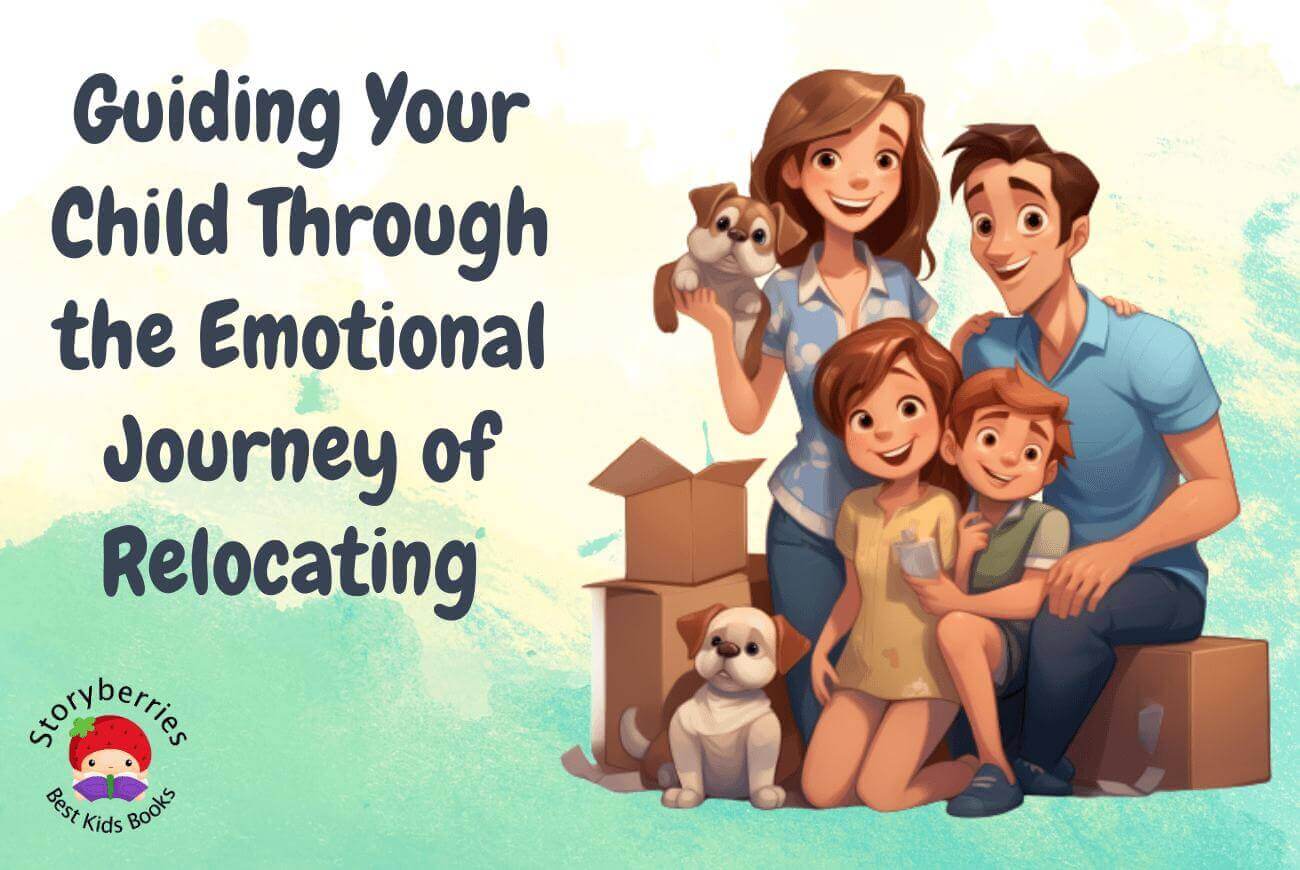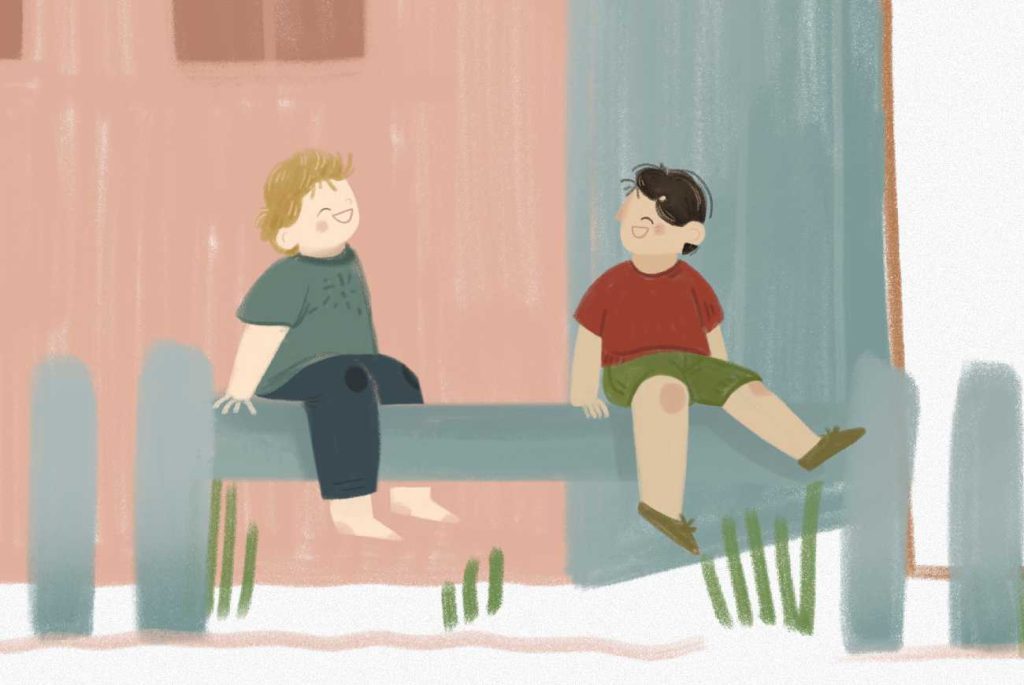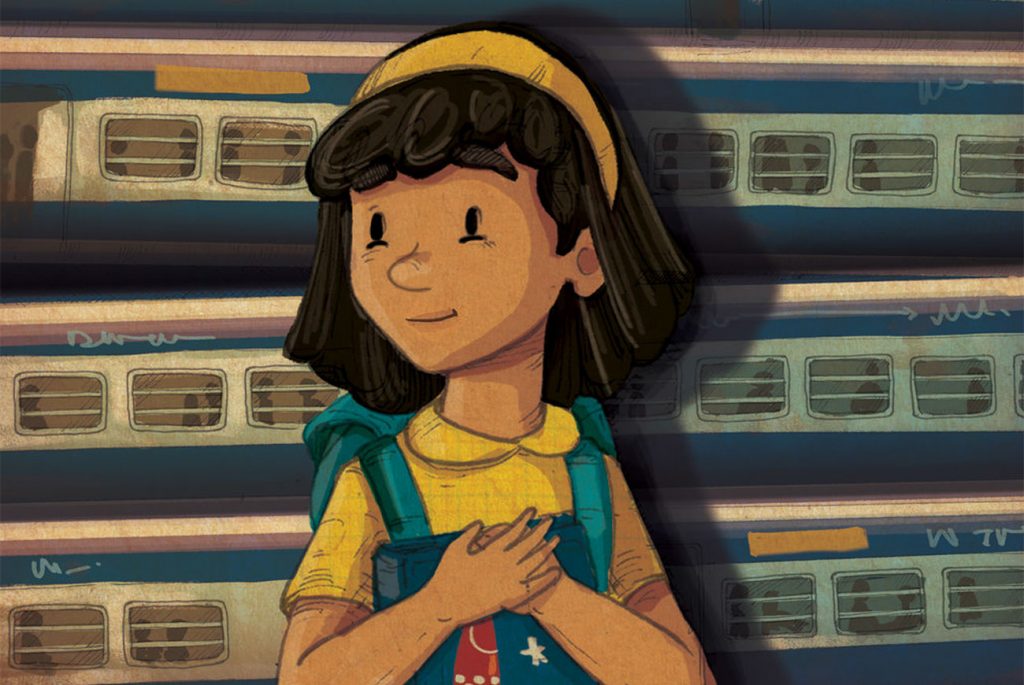Navigating the Big Move: Guiding Your Child Through the Emotional Journey of Relocating
Explore strategies to help your child emotionally prepare for a house move. This guide offers practical advice to make the transition smoother and less stressful for your child.







